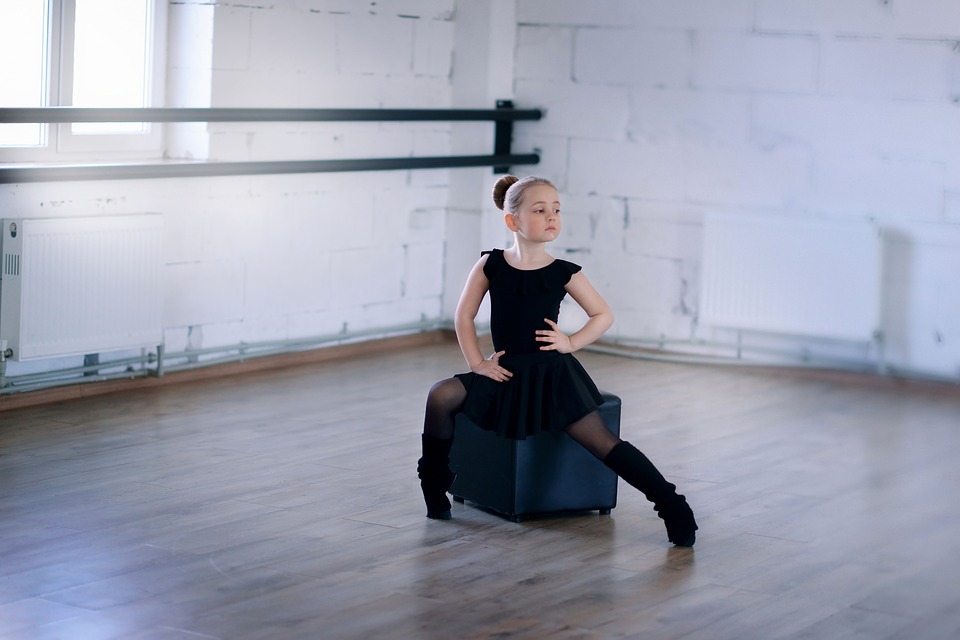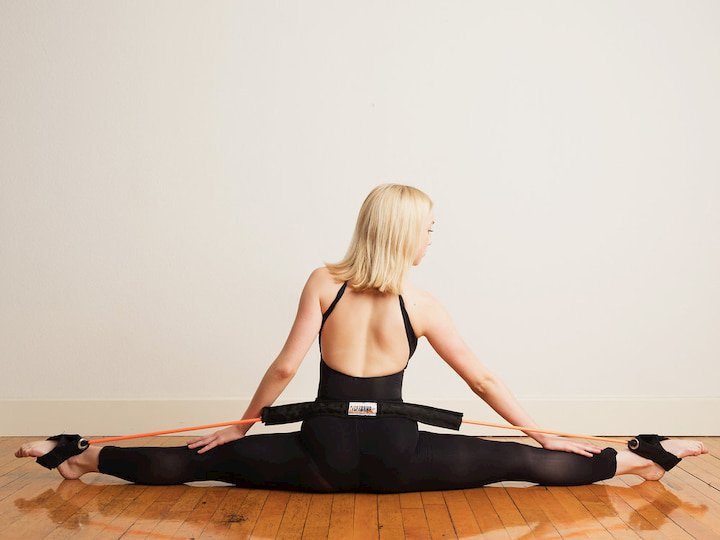Everyone has a talent for something that makes them stand out. But to truly master anything you will need to practice and then practice some more. If you have a talent and passion for dancing, you probably work hard to become the best you can. And that’s why you’ve signed up for a rigorous dancing class. But dancing classes are only a few times in the week, and you feel like you can benefit from practising more often.
So, why not create your own home dance studio? By having a dedicated space to practice at home, you can simply wake up, brush your teeth and start your day with your favourite dance choreography. Plus, you might not always have the time to visit your studio’s regular training hours, so having somewhere to practice can help you stay in shape. If you already have an extra room, some space in your basement or attic or a large-enough balcony, you can totally transform it into an at home dance studio with the help of the following equipment.
Mirrors to Observe Your Progress
How will you know if you perform all the movements properly if there’s no-one to see you and point out your mistakes? For that reason, mirrors are even more important for at home dance studios than they are for professional ones. Make sure to equip your studio with mirrors that are not bevelled around the edges. A bevelled mirror is fine for a vanity, but putting several of these mirrors next to each other such as in a studio will result in a distorted reflection around the points where they meet.

Additionally, make sure that the mirrors have the correct dimensions to fit in your space. Once you find the right sized mirrors, you will need to mount them on the walls. Leaning them is not recommended as keeping the mirrors at an angle will distort your body’s proportions, which can affect your self-image.
A Portable Ballet Barre to Practice Stability
A portable ballet barre will help you in performing stretches properly and improving your stability. You can use it in your at home dance studio, and anywhere else you may want. Portable ballet barres are not a permanent fixture of your studio as they don’t need to be mounted on the walls as they come with a stand that keeps them securely upright. When choosing a barre, check whether it’s the appropriate height for you or purchase a barre with an adjustable height. Also, make sure that the ends of the legs are covered in rubber or some other non-slip material to prevent them from sliding on the floor.

When training with a portable barre, be careful not to overextend yourself and apply too much weight on the barre. By doing so, you could accidentally push the barre over, fall and hurt yourself. And when you’re a dancer, an injury is the last thing you want. It could mean missing important classes or even a stage performance.
A Turning Board to Master Your Pirouettes
A turning board is a must-have piece of equipment for every dancer who wants to be able to perform the perfect pirouettes. A turning board is a carefully shaped piece of plastic that you place under your foot to reduce the friction between the foot and the floor. This decreases the resistance and allows you to spin with ease on all kinds of surfaces.

As it requires very little force to create momentum for spinning, the board helps prevent injuries as you’re starting to learn your pirouettes. What’s more, most turning boards are curved slightly outwards. As a result, this helps the dancer learn how to keep balance better. This type of dancing accessory can also be helpful for those that have already mastered turning, but still have difficulties to spot properly. By turning on the board as you look at yourself in the mirror, you can learn how to spot the right way so that your pirouettes have a better aesthetic, and you yourself don’t become dizzy.
Resistance Bands to Improve Your Flexibility
Every dancer aims to become as flexible as possible as to perform more advanced movements. For that reason, stretching is an essential part of the training. Regular stretching before and after practice also helps you stay injury-free. However, it’s not that uncommon for dancers to accidentally injure themselves while stretching. That’s why stretch bands, or also called resistance bands, are here to help. These bands help ballet dancers perform their stretches properly and prevent them from pushing over their limits and injuring themselves. By practising with a resistance band, your stretches will become safer and you can notice whether your flexibility has improved by observing your range of motion.

When choosing resistance bands, make sure to check material they’re made of. You should look for something that will be durable and resistant as to not break mid-stretch, causing you to hurt yourself. In addition, the bands should feel soft and be comfortable to use as they will rub against your bare skin. This is especially important if you have a latex allergy, as some stretch band can be made of this material.
Products to Relieve Sore Muscles
There’s no time limit when training at home, as opposed to the one-hour classes you take. As a result, some days you may get overly enthusiastic and train for hours, leaving your muscles sore and aching. For that reason, it’s always a good idea to have some kind of product at home that can help relieve the pain and soothe the muscles. Many dancers prefer to use muscle relaxing oils which you can apply directly on the skin to ease muscle pains. This type of oil can also be applied to a bath or foot soak.